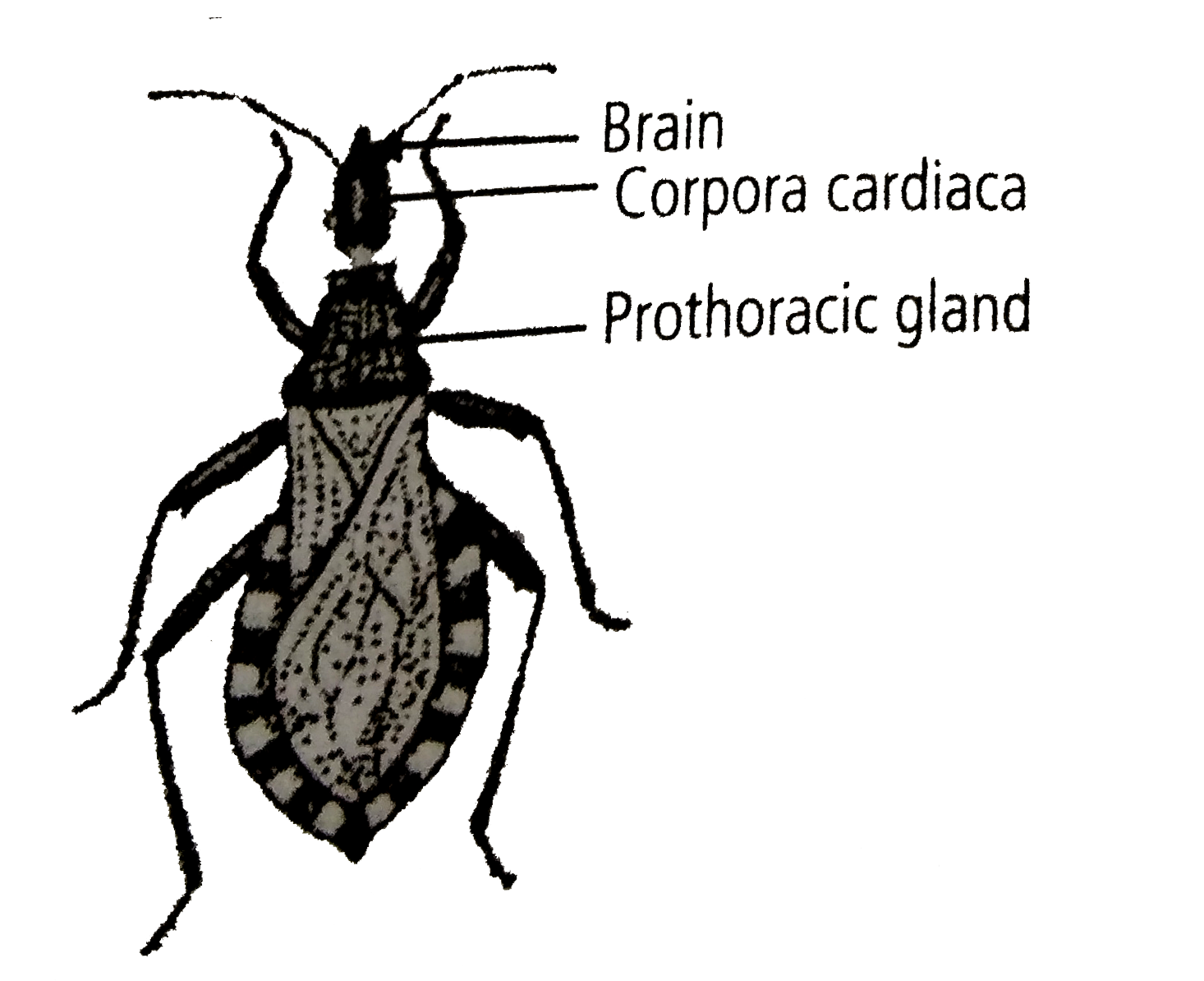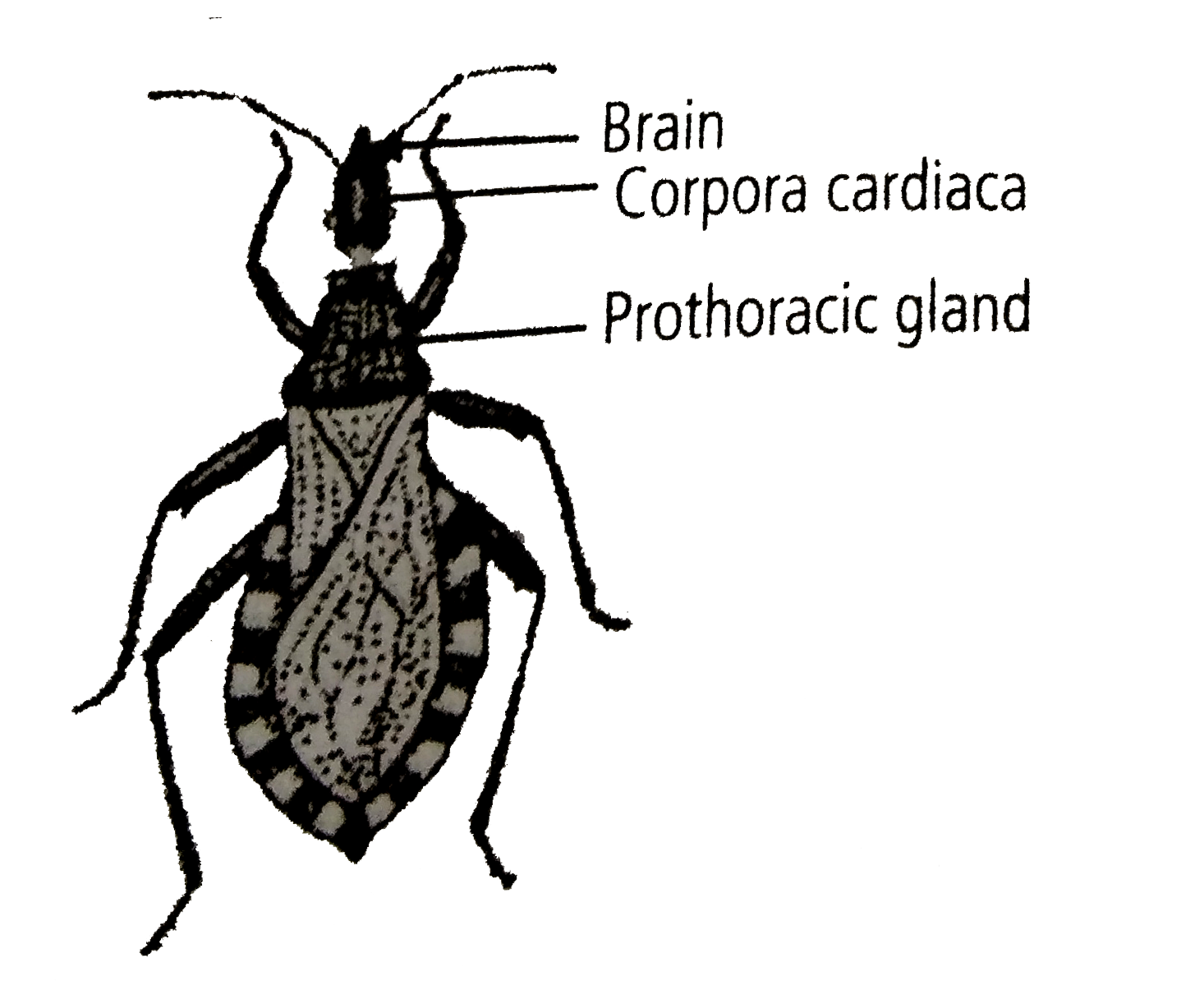Wells are fed by
pond water
lake water.
rain water
ground water
The correct Answer is:D
Step-by-Step Solution:
1. Understanding Wells: A well is a structure created to access groundwater. Groundwater is the water that is found underground in the cracks and spaces in soil, sand, and rock.
2. Source of Water for Wells: The water that fills wells primarily comes from rainwater. When it rains, rainwater collects in lakes and ponds.
3. Rainwater Absorption: Some of this rainwater seeps into the ground. This process is known as infiltration. The water that infiltrates the soil adds to the groundwater level.
4. Groundwater Level: As more rainwater is absorbed into the ground, the groundwater level rises. This increased groundwater level becomes the source of water for wells.
5. Conclusion: Therefore, the water in wells is essentially groundwater, which is replenished by rainwater that has been absorbed into the soil.
Final Answer: Wells are fed by groundwater.
---
Topper's Solved these Questions
Similar Questions
Knowledge Check
- Question 1 - Select One
percolation tanks and wells are used for
AirrigationBharvesting of flood waterCsupply of drinking waterDall the above - Question 2 - Select One
Horses are fed on
ADry fodder onlyBOats, barley, gram and bayCGrass onlyDRoughage and concentrates - Question 3 - Select One
If 2 acetyl CoA molecues are fed into the Kreb's cycle, how many ATP molecules are synthesised directly in the cycle?
A2B4C36D38
…………… wells are very deep.
View SolutionWhen wheat and sugarcane leaves are fed with radioactive .14CO2. In which molecule would the radioactivity appear first in these plants?
View SolutionRead the given passage and answer the questions that follows: Rhodinus, a blood-sucking bug, shows five instars before it metamorphoses into an adult. It ahs a very long head with the brain located at tip and an organ called Corpora Cardiaca (C C) behind it. The hormone that ensures the continuum of the juvenile stages is called a juvenile hormone. Behind the head is a pro - thoracic gland, which gets triggered by the Pro - Thoracico - Tropic Hormone (PTTH) to release ecdysone required for molting into an adult.

The following observations were made when the juveniles of this insect were subjected to various conditions :
1. Starved juveniles (any instar) when decapitated → remained juveniles and did not molt into adults.
2. Well-fed juveniles (any instar) when decapitated → molted into adults.
3. Starved juveniles (any instar) when partially decapitated to remove the brain cells → remained juveniles and did not molt into adults.
4. Well - fed juveniles (any instar) when partially deitated to remove the brain cells → did not molt into adults.
If an unfed, completely decapitated, fth (final) instar juvenile is connected to a well-fed, decapitated fourth instar juvenile by a glass tube so that fluids can be exchanged, what whill be the expected result ?View SolutionRead the given passage and answer the questions that follows: Rhodinus, a blood-sucking bug, shows five instars before it metamorphoses into an adult. It ahs a very long head with the brain located at tip and an organ called Corpora Cardiaca (C C) behind it. The hormone that ensures the continuum of the juvenile stages is called a juvenile hormone. Behind the head is a pro - thoracic gland, which gets triggered by the Pro - Thoracico - Tropic Hormone (PTTH) to release ecdysone required for molting into an adult.

The following observations were made when the juveniles of this insect were subjected to various conditions :
1. Starved juveniles (any instar) when decapitated → remained juveniles and did not molt into adults.
2. Well-fed juveniles (any instar) when decapitated → molted into adults.
3. Starved juveniles (any instar) when partially decapitated to remove the brain cells → remained juveniles and did not molt into adults.
4. Well - fed juveniles (any instar) when partially deitated to remove the brain cells → did not molt into adults.
Which of the following conclusions can be drawn from this data ?
(i) Ecdysone hormone is produced irrespective of the level of feeding.
(ii) C C is the site of production of juvenile hormone.
(iii) PTTH is produced irrespective of the level of feeding.
(iv) Increase in juvenile hormone is an important trigger for production of PTTH.
(v) Absence of C C alone is a trigger for molting into adult form.
(vi) Well-fed larvae in absence of juvenile hotmone can molt into adults.View SolutionIf glucose-fed yeast cells are transferred from aerobic environment to anaerobic one, the rate of glucose consumption will
View Solution

